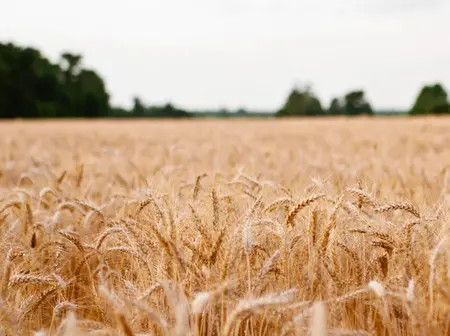During the ceremony organized by the Cereal Millers Association in partnership with TechnoServe under the Millers for Nutrition initiative, 26 millers and 113 brands producing wheat flour, maize flour, and edible oils were recognized. Collectively, these firms control 67% of Kenya’s wheat flour market, 55% of maize flour, and 48% of edible oils—making them a major force in strengthening food security and driving trade development
According to the Kenya National Bureau of Statistics (KNBS), wheat and maize are key staples, with an estimated 90% of Kenyan households consuming maize flour and around 60% using wheat flour regularly. However, despite widespread flour consumption, a large portion of the population has been consuming only “normal” or unfortified flour.
The main difference between fortified and regular flour is the addition of essential vitamins and minerals. Regular flour, which is made from grinding wheat or maize, contains primarily carbohydrates and small amounts of proteins and fiber. It lacks many important micronutrients that the body needs for optimal health. Fortified flour, on the other hand, has added nutrients that are typically lost during the milling process or are not naturally present in significant amounts in the grain.
Research from the World Health Organization (WHO) suggests that while 80-90% of households may consume regular wheat flour, less than 10% of people are consuming fortified wheat flour. This is where the government’s initiative comes in to increase the availability and awareness of fortified flour, which is enriched with essential micronutrients like Vitamin A, iron, and folic acid, to address common deficiencies. These nutrients play a key role in preventing issues like anemia, poor vision, and birth defects.
In recent years, the production of maize in Kenya has faced multiple challenges, including adverse weather patterns, high production costs, and low farmer incomes. In 2024, Kenya produced approximately 39 million 90kg bags of maize, an increase from previous years but still below the national consumption rate, which is around 3.5 million metric tons per year (roughly 35 million 90kg bags). The government has set a target of 48 million 90kg bags of maize for the 2025 harvest period. This target reflects the government’s drive to increase production, ensuring that Kenya can meet both domestic consumption needs and its regional export commitments.

Leave a Reply